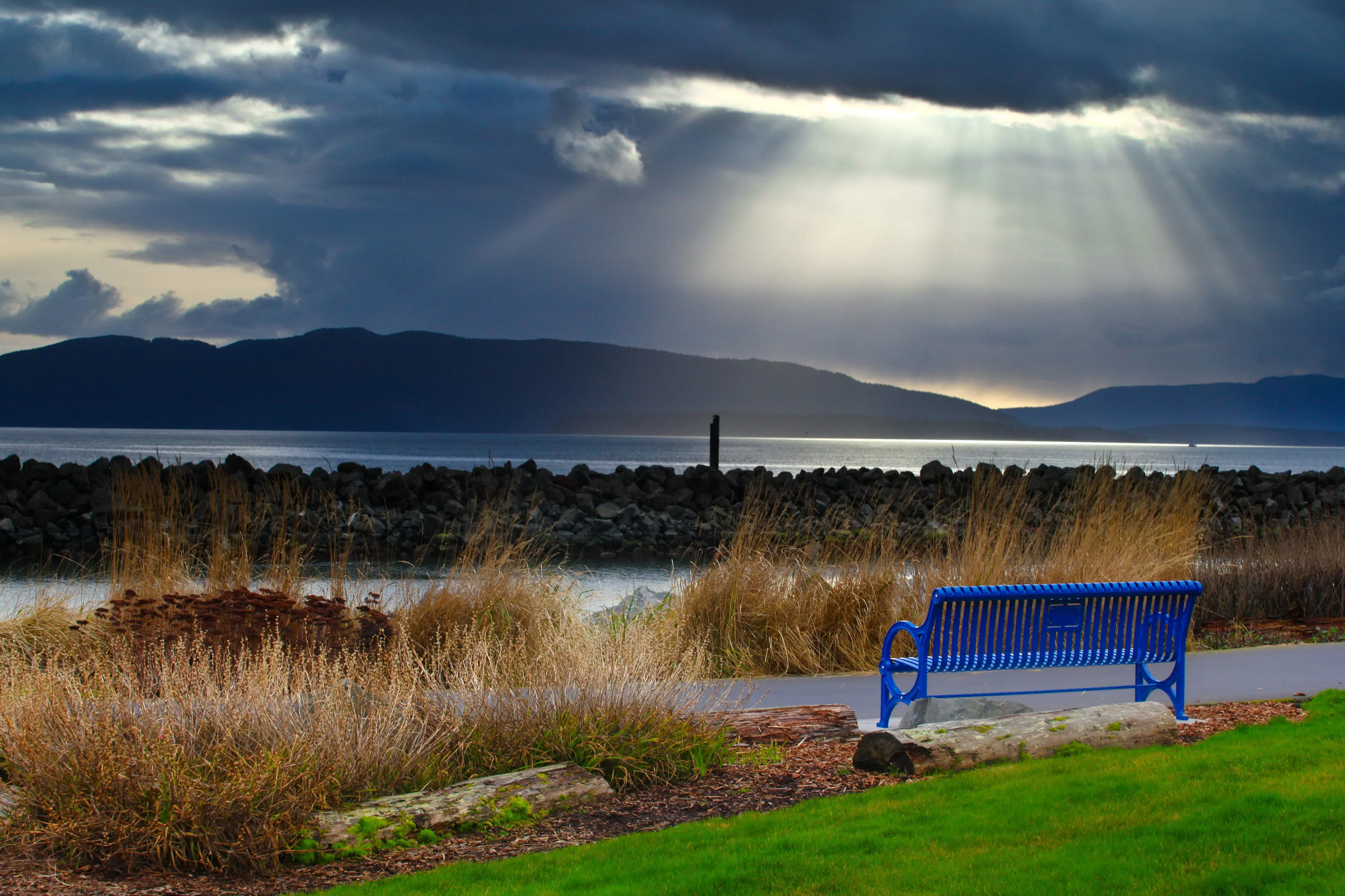Whatcom County and Bellingham are already seeing impacts from the first of two large storms predicted to come to Western Washington over the next few days. The first storm is predicted to make landfall in Bellingham on Thursday night, bringing heavy winds and rains to the region. The National Weather Service has issued a High Wind Warning and Gale Warning for the area, with gusts expected to reach up to 60 mph. The first storm is expected to reach its peak between 7 p.m. and 10 p.m.
The second storm, a low-pressure system made up of reduced winds from typhoon Songda, is predicted to come on Saturday night. Both storms have the potential to bring down many trees and power lines in our area. The National Weather Service reports that this major windstorm has a chance of being one of the top five worst storms in Western Washington history.
Now is a good time for all individuals, families and businesses to review winter weather preparedness plans and take the time to prepare cars, homes and ourselves for possible winter storms. This means stocking up on food, water, flashlights and warm clothing in the home. A list of food to stock up on can be found at www.ready.gov/food
Access to working electricity may be limited in some areas. Check for power outages in your area at pse.com/accountsandservices/servicealert/pages/outage-map.aspx
Make sure all refrigerators and freezers are properly sealed. Frozen or refrigerated food will last for 4 hours or sometimes longer after electricity is lost.
If you notice a downed power line in your area, do not approach, as the line may still be active. Keep as far away from the line as you can and please report it to Puget Sound Energy at (888) 225-5773 at any time.
If you notice a clogged catch basin or storm drain in your area and you can safely clear it out please do so, as it will help to prevent urban flooding in your area. The City of Bellingham will also provide a “Fall Clean” debris disposal the week of Oct. 31-Nov. 5.
Driving safety tips:
- Drive only when you really need to.
- Avoid driving through standing water.
- Drive for the conditions using slower speeds and gentle acceleration.
- Allow extra time to reach your destination.
- Use your headlights.
- Leave extra room between you and the vehicle in front of you.
- Watch out for workers in the roadway.
For more information
Check current mountain pass conditions on the Washington State Department of Transportation website, or call 511 on a mobile phone.
National Weather Service Updates http://www.wrh.noaa.gov/sew/

